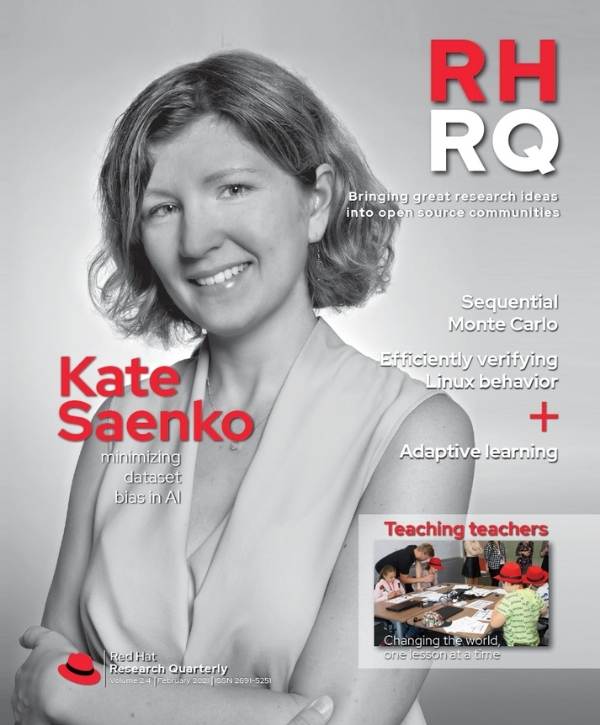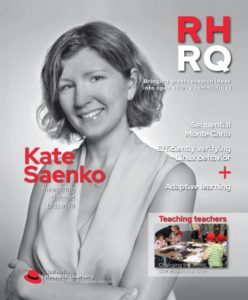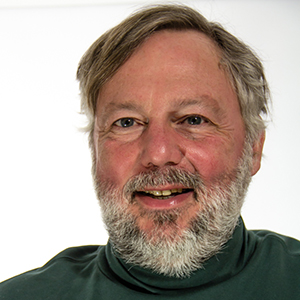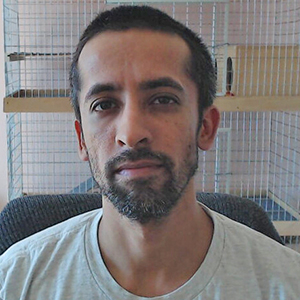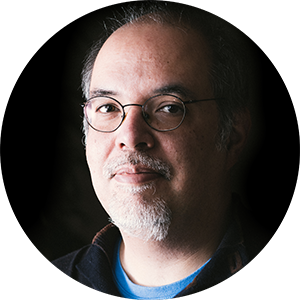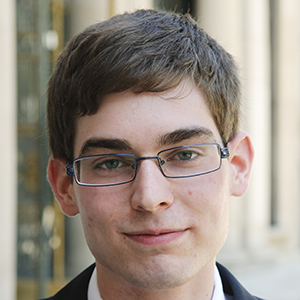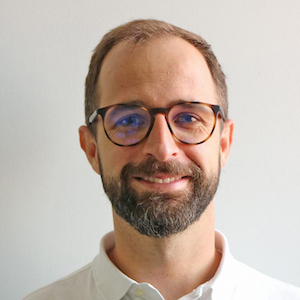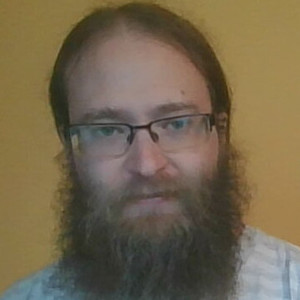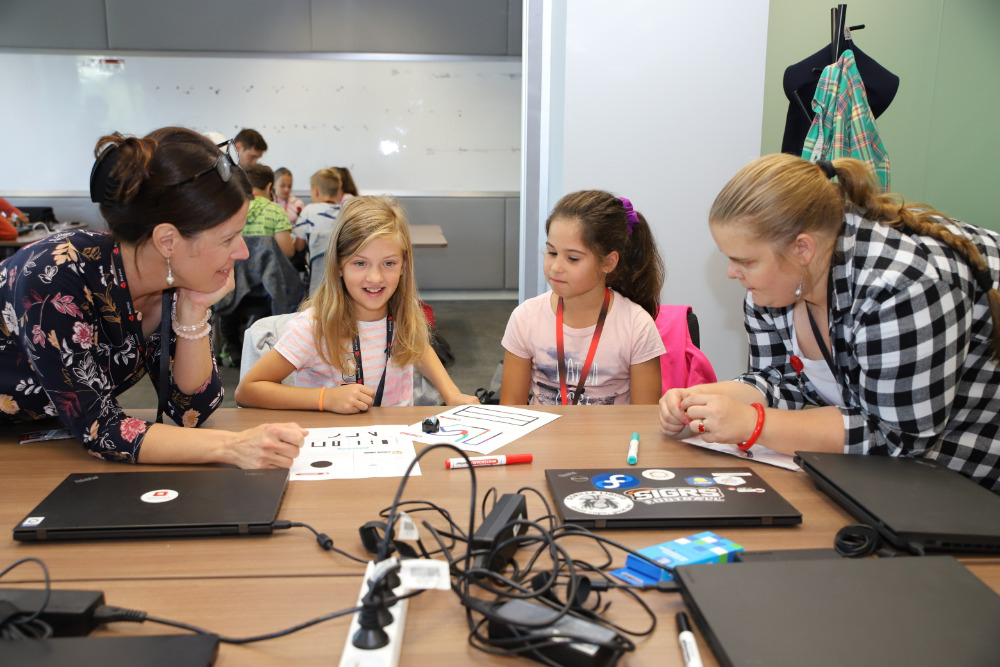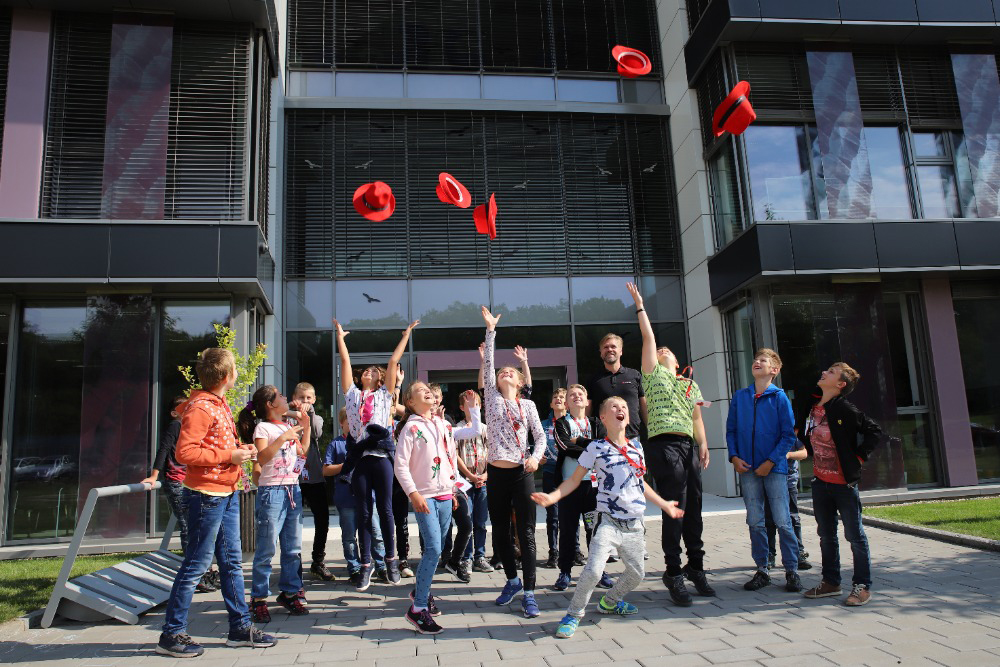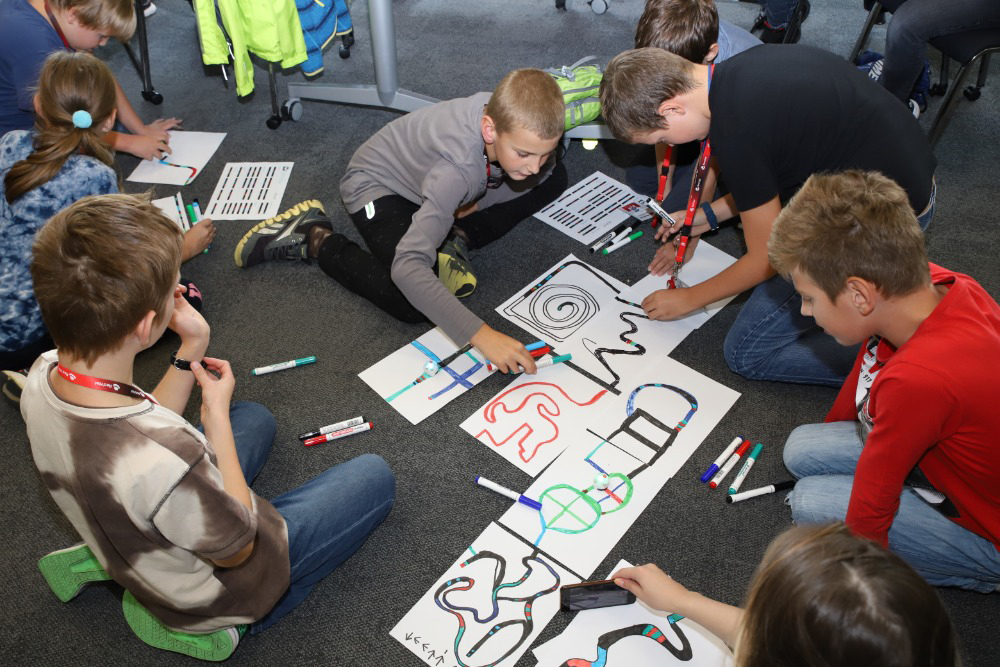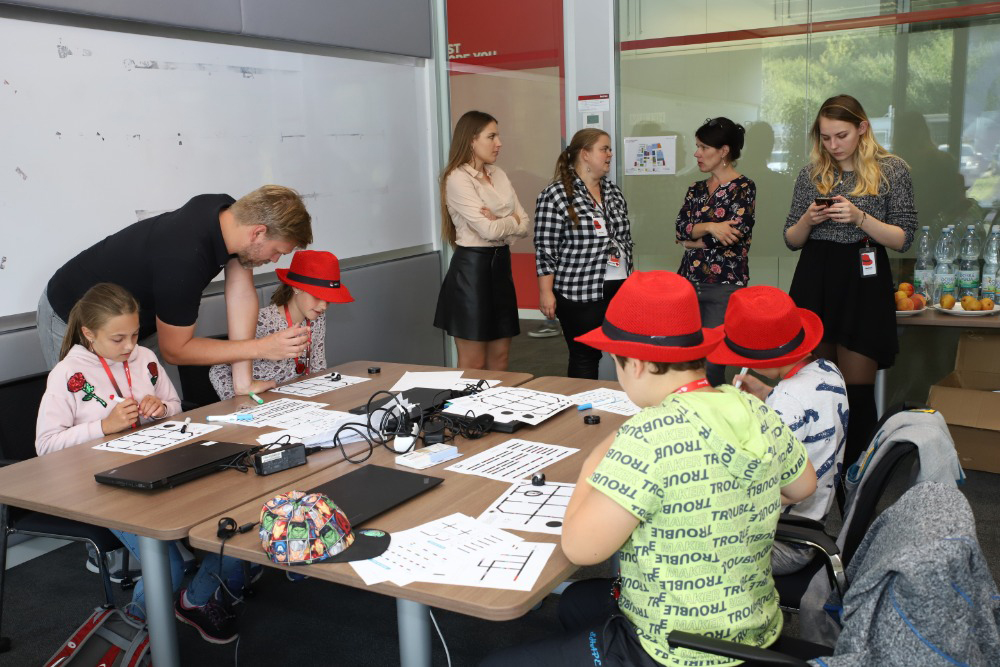Why teaching more teachers is essential to computer science education
“Give a man a fish, and you feed him for a day. Teach a man to fish, and you feed him for a lifetime”—so the saying goes. There are two reasons you can tell this saying is very old. One, you’ve probably heard it a million times. Two, it optimistically assumes there’s enough fish left to last a lifetime. For this cycle to continue on any scale, somehow you have to replenish the supply—the supply of fish, and the supply of available teachers.
Teaching is a critical activity for Red Hat Research, especially when it comes to mentoring student interns. As our efforts in this area continue to grow, we find we are victims of our own success: we are running out of available mentors. Especially with our resolve to retain a high quality of teaching, scalability was going to be an issue. The supply of Red Hatters can’t last forever.
Here are stories of two people who are expanding Red Hat’s teaching impact outside our walls.
Martina Hamanová—Brno, Czech Republic
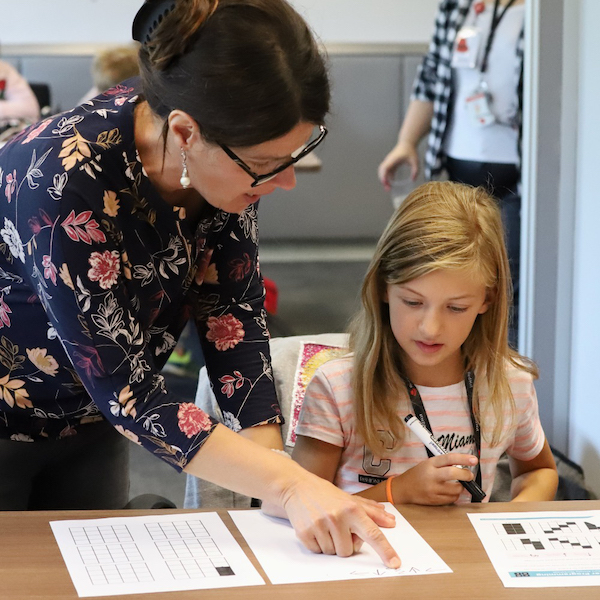
Our story about Martina Hamanová begins with her choice to study mechanical engineering. At the time, the future of the industry didn’t show a lot of promise, so she started from scratch and instead pursued a career in sales and accounting. Many years later, when her employer hit a crisis and she was laid off, a friend told her there was an opening at the school where she taught. Martina accepted the challenge and acquired the education necessary to allow her to teach, thus starting another new chapter in her life.
Her main responsibility at her new job was leading extracurricular activities after school for children ages six to nine. This kind of teaching differed from the focus on classroom topics and getting a good grade. Instead, Martina could do practical teaching and introduce children to the world around them. That could mean exploring the four seasons outside, learning how to prevent injury, or keeping safe in traffic. Or it could mean building robots—and this is where her engineering background came in handy.
Children get very curious at this age, and they ask a lot of questions. Inevitably, having built robots and such, the subject of programming arose. Martina sought out PyLadies to learn the basics of programming so she could teach it to her curious students (see the article “PyLadies, Welcome to Open Source!” in this issue). Her son put her up to it, and despite her initial reluctance, she soon realized how much she enjoyed taking those classes. Whether or not she became a top-notch programmer, she could definitely learn enough to be able to introduce curious minds into the world of programming.
However, programming is one thing, and teaching it to children is another. This is what brought Martina to KiCo (Kids Coding Academy), organized by Red Hat. She first came with her class, and she was immediately shocked by the excitement of the children: they were so taken in that they didn’t want to leave. Upon coming back from the workshop, it was clear to her that this was how she wanted to teach children. A few months later, she came to the same workshop, organized for teachers.
Martina has found that children are full of ideas, and they love having fun. They don’t need to get it right immediately: learning is an iterative process that involves asking a lot of questions and making a lot of honest mistakes. Learning how a computer understands language then trying to use a precise set of commands to get their teacher to make them a real sandwich—and failing miserably—teaches them more about programming than memorizing scripting language ever could.
Menachem Tsarfati—Tel Aviv, Israel
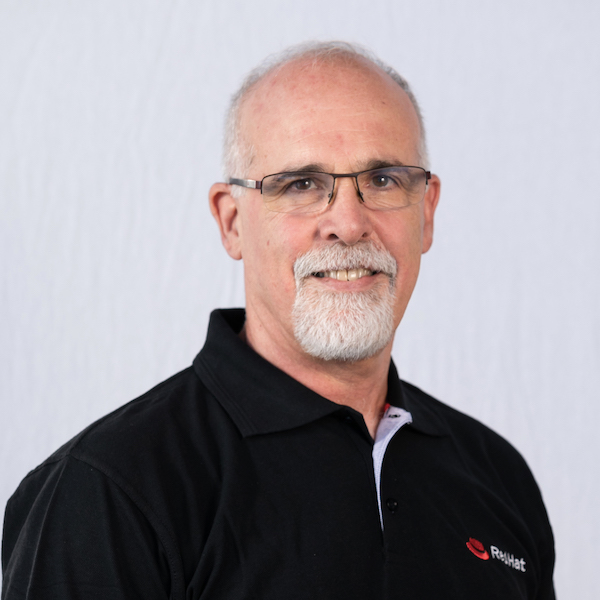
For our second story we will travel to the warmer climate of Israel, where the days are longer, particularly in Ra’anana, Tel Aviv. That’s where Menachem Tsarfati—or Menny, as his colleagues call him—resides.
Menny is by no means a new face in academia. Even in his previous employment in a small integration company, part of his job agreement was to teach regularly. After accepting a traveling regional position, he still found the time to keep teaching. Now a Red Hatter, he works as a Solution Architect Manager—and still hasn’t given up teaching.
His first long-term teaching commitment is with the Israel Defense Forces (IDF) Academy for Computer Science and Cyber Defense (also known by its Hebrew abbreviation, Basmach). The IDF Academy provides training for soldiers to become professionals in computer science. Although the academy doesn’t provide an official degree, that doesn’t diminish its impact on the market. Many Basmach graduates end up leading large commercial companies in Israel.
Menny is involved in two major disciplines: microservices and big data and analytics. Microservices weren’t very well known when the cooperation with IDF Academy started. They were the core of the first course, including development on top of OpenShift and its practical usage. Since then, more than thirty workshops have been held on this topic. Teaching students how to use Open Data Hub or to establish their first machine-learning-as-a-service is the focus of big data and analytics courses. These students could eventually end up being data scientists, data analysts, and big data developers. All of this ties back to OpenShift, which comes as no surprise given that IDF is one of Red Hat’s biggest customers in the region.
Rather than wait until a scaling issue occurred, the academy began offering trainings for trainers to ensure an adequate number of instructors. These new trainers can now provide elementary lectures on microservices and OpenShift, while getting a technology update every quarter. This provides potentially unlimited scalability without relying solely on a small number of Red Hatters, making it possible to impact many more students.
Menny’s second effort is based in the Academy College of Tel Aviv. Acting as a guest lecturer, Menny teaches microservices, architecture, and strategy once each semester.
Soon after he started, the academy’s headmaster invited other lecturers to join the course, and many did. The partnership between industry and academia has a lot to offer both students and teachers. For example, students benefit from practical examples: taking a big monolith of a service and making it into small pieces, or implementing a database in a few minutes in front of their eyes. This tangible information helps them understand the implementation of the technology and see the big picture. Because the commercial market moves fast, in many cases industry is more up-to-date with technology. This is particularly true in applied practice, like implementing microservices. By contrast, academia is naturally strong in research. Both sides can bring these strengths to the table and benefit each other.
Teaching—like fishing or changing the world—is a long-term, iterative process. A very important factor for success is getting more people working towards the same goal. That way there’s no need to lose momentum when internal resources start to run thin. Martina and Manny are just two of many examples of success stories demonstrating that training new mentors and teachers can spark a revolution in computer science education anywhere.


